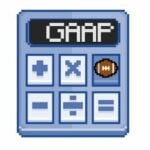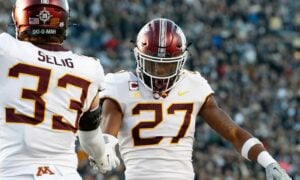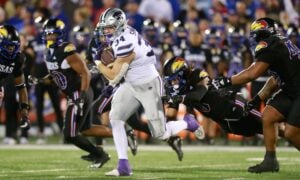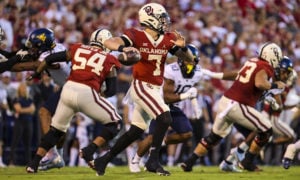Dynasty GAAP Memo: First-Round Rookie Pick ‘Batting Average’ and Hit Rates
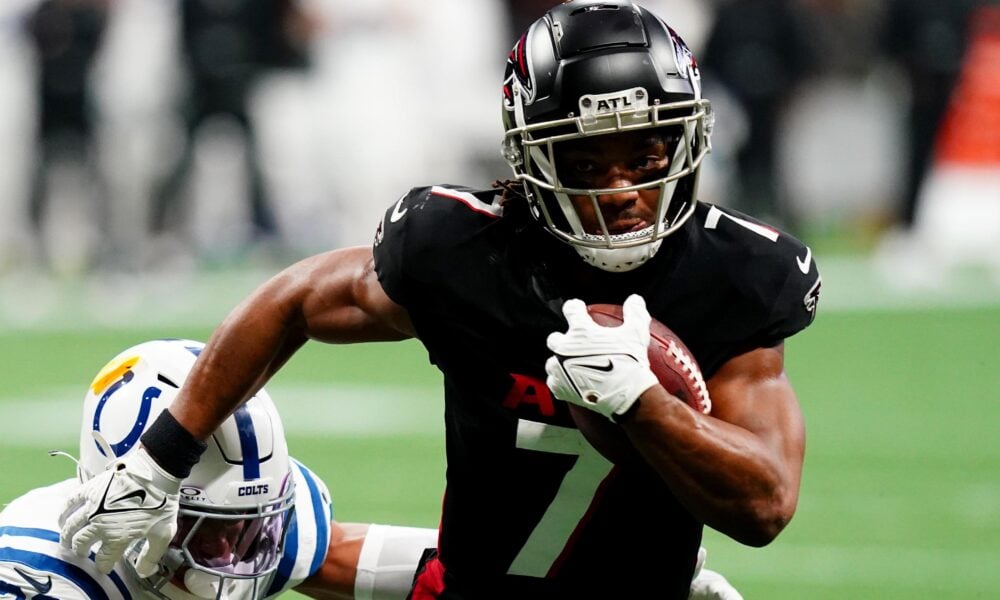
I am a CPA who fits the typical accountant stereotype. I enjoy writing technical accounting memos, accounting research (yes, it’s a thing), and analyzing the financial statements of a business. In accounting, you often must evaluate qualitative and quantitative factors during complex transactions to forecast future performance. I have found that the outlook and rationale of evaluating business transactions parallels another interest of mine, dynasty fantasy football.
In dynasty, we are given both quantitative factors (athletic scores, draft capital, college production, etc.) and qualitative factors (camp hype, team situation, injury history, etc.) that we must consider and evaluate to derive an estimate or projection of a player. Then, we must take calculated risks based on our team’s overall financial statements (i.e., current roster and league). I could go on and on with accounting-based puns and comparisons, but I think you get it.
I will note that I will write in the form of “accounting memos”. For anyone who has not been exposed, the format is very standard. Each memo will start with the “purpose”. Next, it will outline the applicable “guidance” or accounting literature utilized and supply background. Last will be the analysis and conclusion. The goal is to state the issue and quickly address it. My write-ups will follow this same logic.
To summarize, welcome to “Good at Analyzing Players” or “GAAP”. And yes, this is a play on “Generally Accepted Accounting Principles” and my wife did come up with it.
Purpose
To evaluate the batting average or “hit” rates for first-round rookie picks in 2021, 2022, and 2023.
Background
What do batting averages have to do with dynasty fantasy football? In the investment world, the term “batting average” refers to a statistical technique used to measure an investment manager’s ability to meet or beat a stock index. Like baseball, the higher the batting average, the better. The highest number possible average would be 100% while the lowest is 0%. For an investment manager, the batting average quantifies how much better he or she was than the market.
For instance, if the investment manager outperforms the market in 15 out of a possible 30 days, their investing (and statistical) batting average is 50% (or .500). There is also an investment term called “hit rates”. Each broker might define “hits” differently, but most define the hit rate of a portfolio as the percentage of positions that have generated positive returns over a given period. If 15 positions made money and 5 positions lost money, then the hit rate would be 15/(15 + 5) = 75%.
In dynasty, we are given capital to invest each season in the form of rookie picks. You can then choose to invest in rookies or trade the picks for veterans. This memo will calculate the “batting average” or “hit rate” of the 2021, 2022, and 2023 rookies to evaluate the risk profile of spending that pick on a rookie.
Resources:
- Sleeper: Great interface for looking up historical statistics
- DLF Dynasty Rankings: Best dynasty rankings in the industry
- DLF Average Draft Position (“ADP”) Data: Best resource to gauge current player value. Based on real dynasty startups.
Analysis
To begin, we must define what success is for each rookie class. The time horizon for each rookie class is different. If a player has never finished as a top 24 fantasy scorer in year three, that is not the same as a player not finishing as a top 24 scorer in year one. We must adjust our definition of “hits”. See the classes below based on May 2021, May 2022, and May 2023 DLF ADP.
2021 First Round Rookie Picks:
These players have been in the NFL for three seasons. For this population, a hit will be defined as finishing as a top 24 WR/RB or top 12 QB/TE. Players should be weekly contributors by week three and not spot starters at this phase of their career.
Please see the May 2021 DLF ADP below:
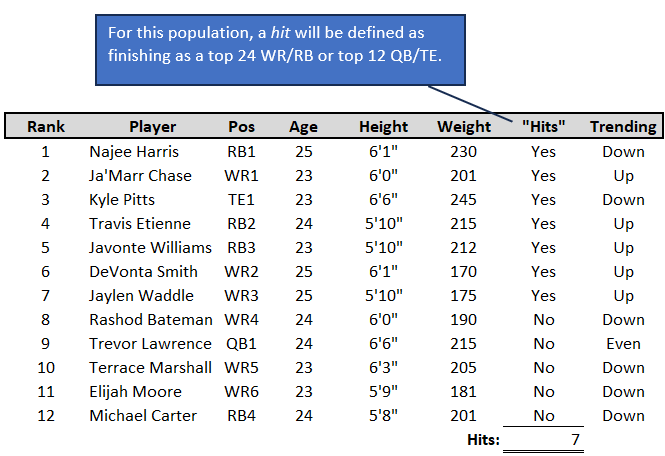
Observation: What makes this class interesting is that the first seven picks were hits and the last five were not, illustrating that all picks are not created equal.
Hit Rate or Batting Average: 58% (7 of 12)
2022 First Round Rookie Picks:
These players have been in the NFL for two seasons. For this population, a hit will be defined as being worth more than a mid-2024 rookie pick on the DLF Trade Analyzer. Dynasty managers should want assets that increase in value since being drafted as opposed to regress. Additionally, a mid pick should be the average value of a first. The table below was used in an earlier GAAP memo to explain the breakeven point for dynasty assets.
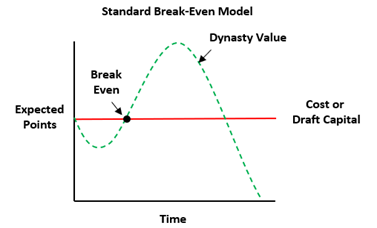
After players become rookie picks, they begin to depreciate until we expect fantasy points. Score. Their expected points and dynasty value grow once we get more confident in their ability. Their dynasty value depreciates as the players age. However, our cost to acquire the player does not change. A player should start accumulating value after year two.
To illustrate, DJ Moore would be considered a hit since his trade value is 479.2, which is greater than a mid-2024 first value of 378.8.

Please see the May 2022 DLF ADP below:
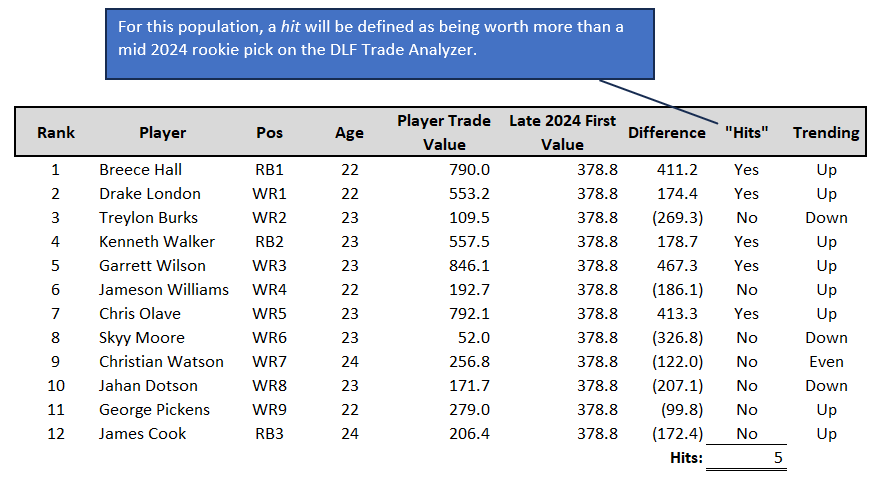
Observation: A late 2024 first is worth approximately 247.5. The hits increase from 5 to 7 (Christian Watson and George Pickens) if we use this as our metric.
Hit Rate or Batting Average: 42% (5 of 12)
2023 First Round Rookie Picks:
These players have been in the NFL for almost one season. For this population, a hit will be defined as having more than five top 24 finishes at RB/WR and top 12 finishes at TE/QB. Rookies often take time to adjust to the NFL. If a player gets an opportunity during his rookie season and produces or breaks out for a series of games during his rookie season, that is a positive indicator of future performance.
Please see the May 2023 DLF ADP below:
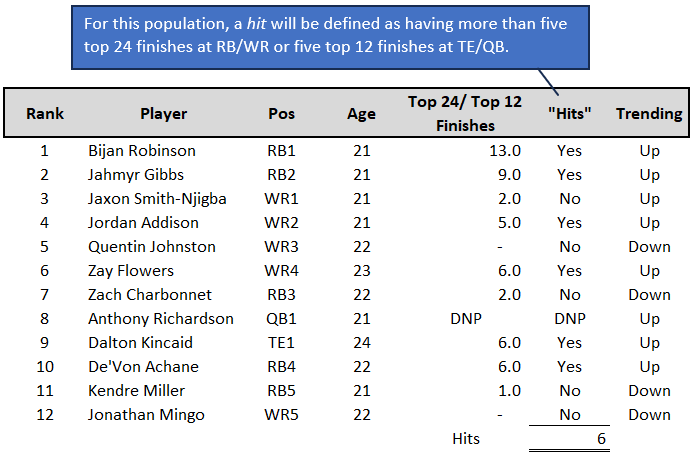
Observation: If you increase the metric to six or seven games as a top scorer, the hits reduce from six to five and two, respectively.
Hit Rate or Batting Average: 55% (6 of 11)
Conclusion
First-round rookie picks have a batting average or hit rate of approximately .502 or 50.2%. If we project this on investments, your investment manager would have selected funds that are better than a stock index 50% of the time. Certain investments (and rookie picks) present immense upside, but also could be worth $0 in two years (Skyy Moore).
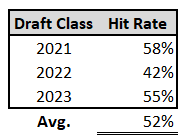
While the exercise above is far from perfect, it indicates that the dynasty community might overvalue rookie picks (especially if they are mid to late). As we enter “rookie fever” season and everyone continues their rookie research, we all fool ourselves into believing we have the secret sauce to pick “hits”. The reality is that actual NFL general managers often get it wrong, so why do we think we know better?
Picks are only going to continue to increase in value leading up to the NFL Draft and rookie draft season. It is my opinion that the best timeframe to potentially move first-round rookie picks is right before the real NFL draft. Everyone projects ideal landing spots for their draft darlings. There are often more bad landing spots (Zach Charbonnet, Jaxon Smith-Njigba) than perfect spots (De’Von Achane). The second-best time to sell is when you’re on the clock and emotions are running hot across the league.
“I want my picks back, and I want David goddamn Putney, just because I feel like it.”
- Dynasty GAAP Memo: Diontae Johnson - March 29, 2024
- Dynasty GAAP Memo: 2024 Free Agent Wide Receivers and the Christian Kirk Model - March 11, 2024
- Dynasty GAAP Memo: 2024 Free Agent Running Backs and the Christian Kirk Model - March 1, 2024



